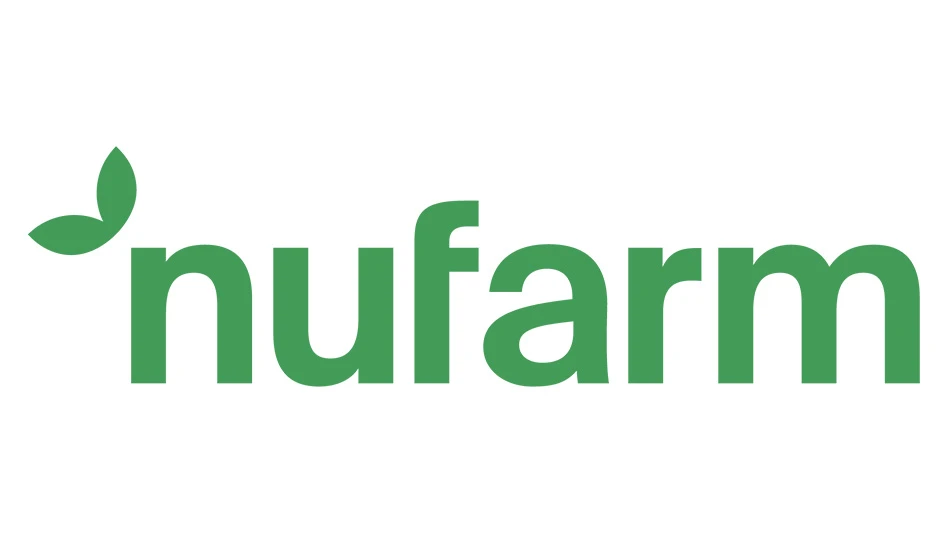

In December, the U.S. Department of Agriculture’s Animal and Plant Health Inspection Service (APHIS) changed its approach to fight the emerald ash borer (EAB) infestation that has spread through much of the U.S. As of Jan. 14, APHIS removed the federal domestic EAB quarantine regulations that have proved ineffective. The funding that had been allocated to enforcing the quarantine will be redirected to more promising methods, including development of biological control agents.
Removing the quarantine regulations ends APHIS’ domestic regulatory activities, which includes actions such as issuing permits, certificates and compliance agreements, making site visits, and conducting investigations of suspected violations. APHIS is working with the National Plant Board on effective strategies to manage firewood movement, which is one of the ways the emerald ash borer spreads.
Questions about the regulatory change for EAB can be directed to National Policy Manager Herb Bolton at 301-851-3594 or Herbert.Bolton@usda.gov.

Native to China, Mongolia, North Korea, South Korea, Japan, Taiwan, and the Russian Far East, the emerald ash borer beetle (EAB) was unknown in North America until its discovery in southeast Michigan in 2002. Currently, EAB infestations have been detected in 35 states and the District of Columbia.
For more: www.aphis.usda.gov/plant-health/eab
Editor’s note: We wrote about APHIS’ research into parasitoid wasps as biological controls for EAB. Read more at www.nurserymag.com/article/natural--predators/
Photo credits: (with coin) Howard Russell, Michigan State University, Bugwood.org; (in hand) Marianne Prue, Ohio Department of Natural Resources - Division of Forestry, Bugwood.org; (close-up) David Cappaert, Bugwood.org
Get curated news on YOUR industry.
Enter your email to receive our newsletters.
Explore the March 2021 Issue
Check out more from this issue and find your next story to read.
Latest from Nursery Management
- The HC Companies, Classic Home & Garden merge as Growscape
- Eason Horticultural Resources will now officially be known as EHR
- BioWorks receives EPA approval for new biological insecticide for thrips, aphids, whiteflies
- Ellen Mackenbach-Lakeman appointed new CEO of Dümmen Orange
- Southern Garden Tour sets 2025 dates for trial garden open houses
- New book explores plants that thrive in Rocky Mountains
- American Floral Endowment establishes Herman Meinders Memorial Tribute
- These companies are utilizing plastic alternatives to reduce horticultural waste






